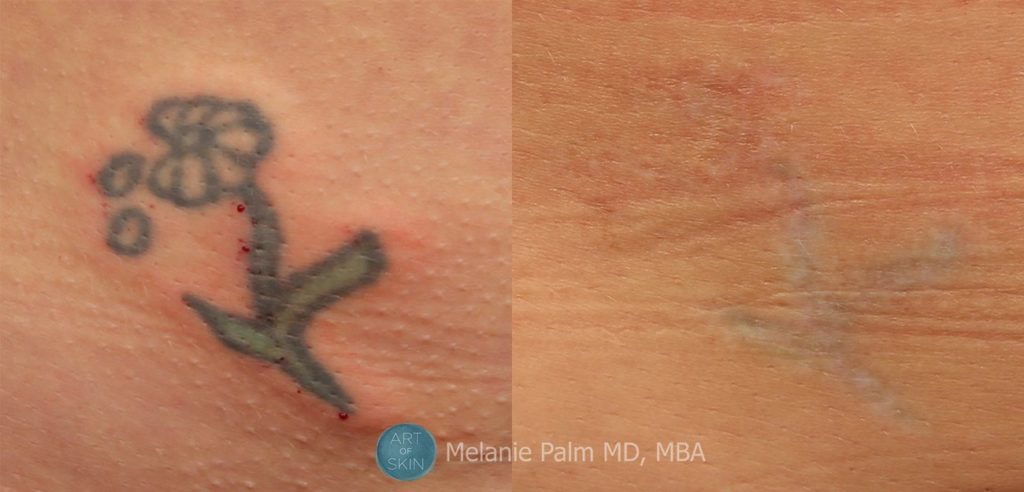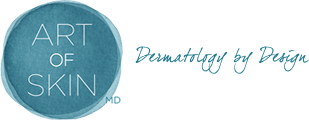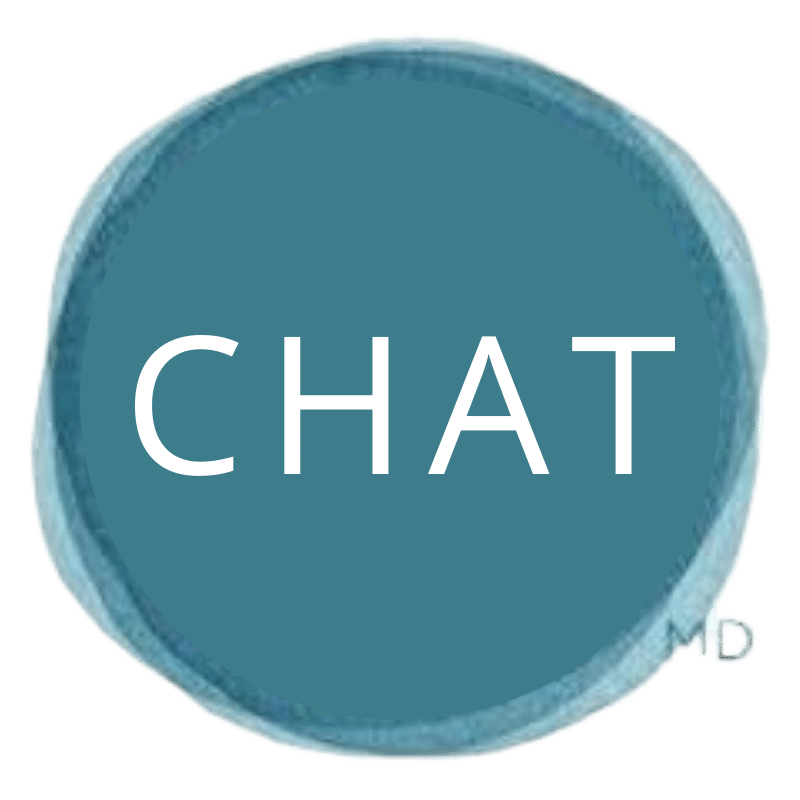Tattoo Removal
Spectra Laser Tattoo Removal in the San Diego Area
Tattoo removal is Dr. Melanie Palm’s specialty. Dr. Melanie Palm is an expert lecturer, consultant, and physician trainer for Lutronic, the manufacturer of the Spectra Nd:YAG laser that she uses in her tattoo removal treatment process. This means that, in addition to providing outstanding quality of care to her patients, Dr. Palm teaches other physicians how to utilize the laser in their treatments as well. Her practice, Art of Skin MD, is located in Solana Beach, just north of San Diego, CA.
How Does Laser Tattoo Removal Work?
Removal is based on the principle of selective photothermolysis. When the proper laser wavelength is applied to the tattooed area, the ink absorbs the energy from the laser, causing it to break down. Your body’s natural healing processes remove the broken down pigment over time. Multiple sessions are typically required in order to maximize results.
Laser Tattoo Removal With Spectra
Dr. Palm uses the Spectra Dual-pulsed Q-switched Nd:YAG laser in her treatments. Considered the gold standard treatment for tattoo removal, the Spectra produces very short high energy pulses that break down tattoo ink into minute particles that are more readily absorbed by the body. The Spectra laser is able to treat the widest range of tattoo colors, intensities, and depths. Since treatment with the Spectra is able to be customized for each patient, Dr. Palm is able to maximize treatment results while minimizing patient discomfort and recovery time.
Laser Tattoo Removal FAQ
There is some discomfort involved in laser tattoo removal treatment, though the level of discomfort varies depending on the area of the body being treated and the skin sensitivity of the individual patient. The sensation is commonly compared to the feeling of pops of hot bacon grease hitting your skin or being snapped by a rubber band. Dr. Palm goes to great lengths to ensure that her patients are comfortable during treatment. Both topical and local anesthetic are available and can be applied before treatment to minimize discomfort and make laser treatment virtually painless.
The exact number of laser treatments needed varies depending on the size, age, depth, and complexity of the tattoo. Homemade or amateur tattoos respond more quickly to treatment than professional tattoos. Fox example, amateur tattoos can often be removed in as few as 1 or 2 treatments, while professional tattoos may take 6 – 10 or more treatments to achieve maximum results.
Laser removal is usually performed in intervals spaced at least 4-6 weeks apart to allow the area to heal between treatments. Immediately following treatment, the laser treated skin will look white. This is soon replaced by redness and then scabbing. It is important to keep the treated area moist and protected from the sun as it heals.
Yes. Dr. Palm and her nurse utilize the DeScribe perfluorodecalin (PFD) Patch for patients during laser tattoo removal. This transparent patch is a true innovation in Q-switched laser tattoo removal. It has the following advantages:
- multiple passes of the laser on the tattoo allowing superior tattoo clearance during a single session
- less patient discomfort
- less downtime and better protection of the skin surface
- improved safety during laser procedure
- faster healing times
The perfluorodecaline (PFD) patch is a non-toxic, transparent, and inactive that absorbs gas released from the tissue during laser tattoo removal. It allows immediate re-treatment of a tattoo rather than the traditional single pass approach. Use of the PFD patch may require fewer laser tattoo removal sessions and faster clearance of tattoos with laser treatment.


If you are interested in learning more about laser tattoo removal or would like to set up a consultation, call Dr. Melanie Palm at 858.792.SKIN (7546) to schedule your appointment.

